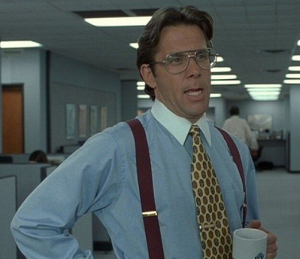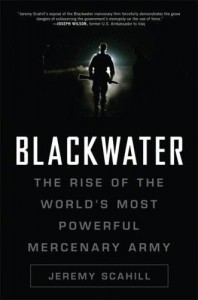Mindfulness
Written by Ashley Kelmore, Posted in Reviews
Three stars
Many people find themselves with over-scheduled social lives, or work situations filled with a seemingly endless stream of projects, meetings and deadlines. Perhaps these people are facing challenges at home, or school, or with health. The challenges might seem minor to others, or perhaps others observe and wonder how the person is still functioning given everything that’s happening in their lives. We hear it a lot from women who have children and also work outside of the home – there are demands everywhere, and these women can’t seem to get a break.
Without going into too much detail about why I found myself drawn to this book (during yet ANOTHER trip to Powell’s in Portland – that place should just take all of my money now), but I wanted something that would help me to be more present in my life, and kinder to myself. My husband meditates, and it really helps him when he’s feeling a bit off. Given that, this specific book appealed to me in many ways – it wasn’t horribly long (about 250 pages), it had a clear plan (it focuses on an eight-week meditation program), and it even came with a link to audio files to guide the meditations.
I was successful in keeping up with the program for about a week. I did read each chapter, and I really enjoyed the messages within them, but I don’t think this book was what I wanted. I sort of want to meditate, and I mostly enjoyed the meditations in this book, but I found the information within the chapters leading up to the meditations themselves to be much more useful. It was probably not the best book for me given what I was looking for, but I think it was well-written, supported with some research, and not overly flowery. Yes, it the authors discuss self-care, but if you have an aversion to anything that seems new age-y (although meditation is hardly that), you can still read this book and enjoy it. I’m sure I’ll end up referring back to it during challenging days, but it hasn’t turned me into a regular meditator.










